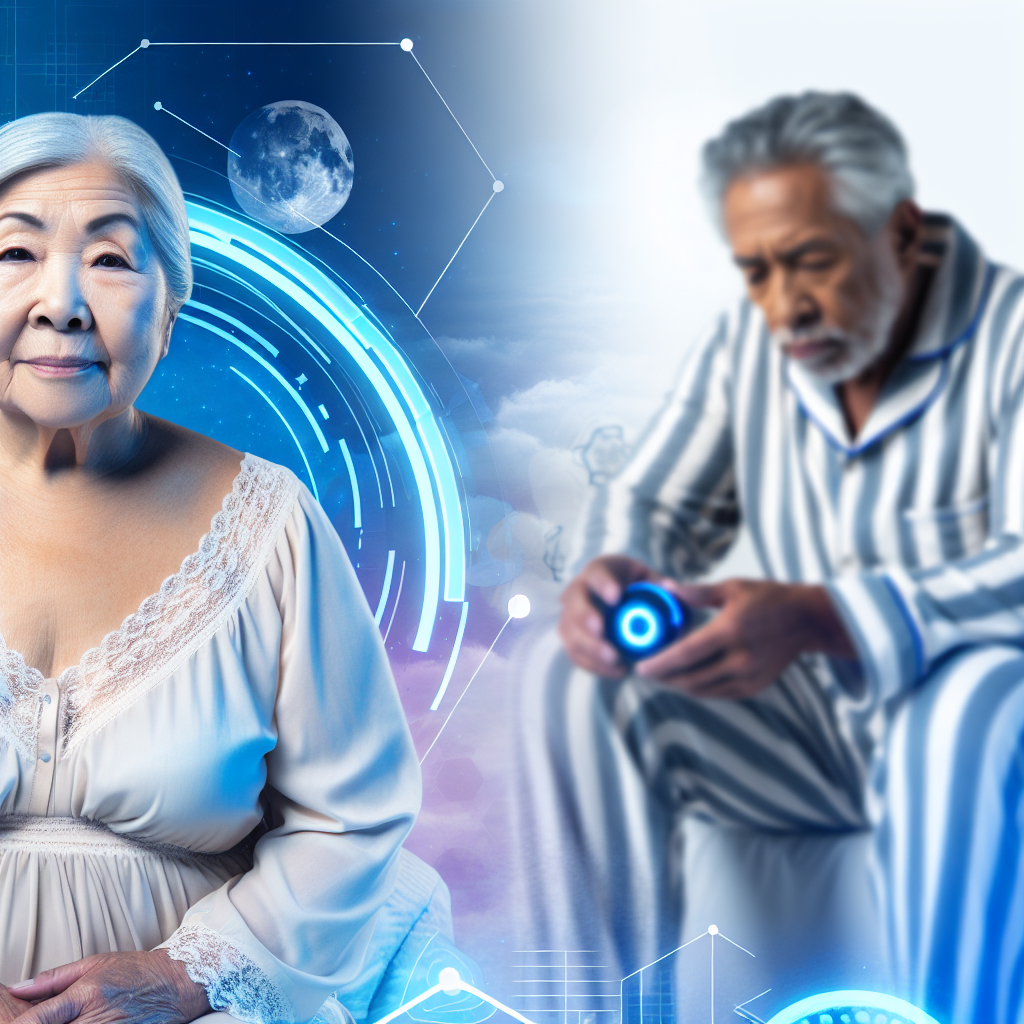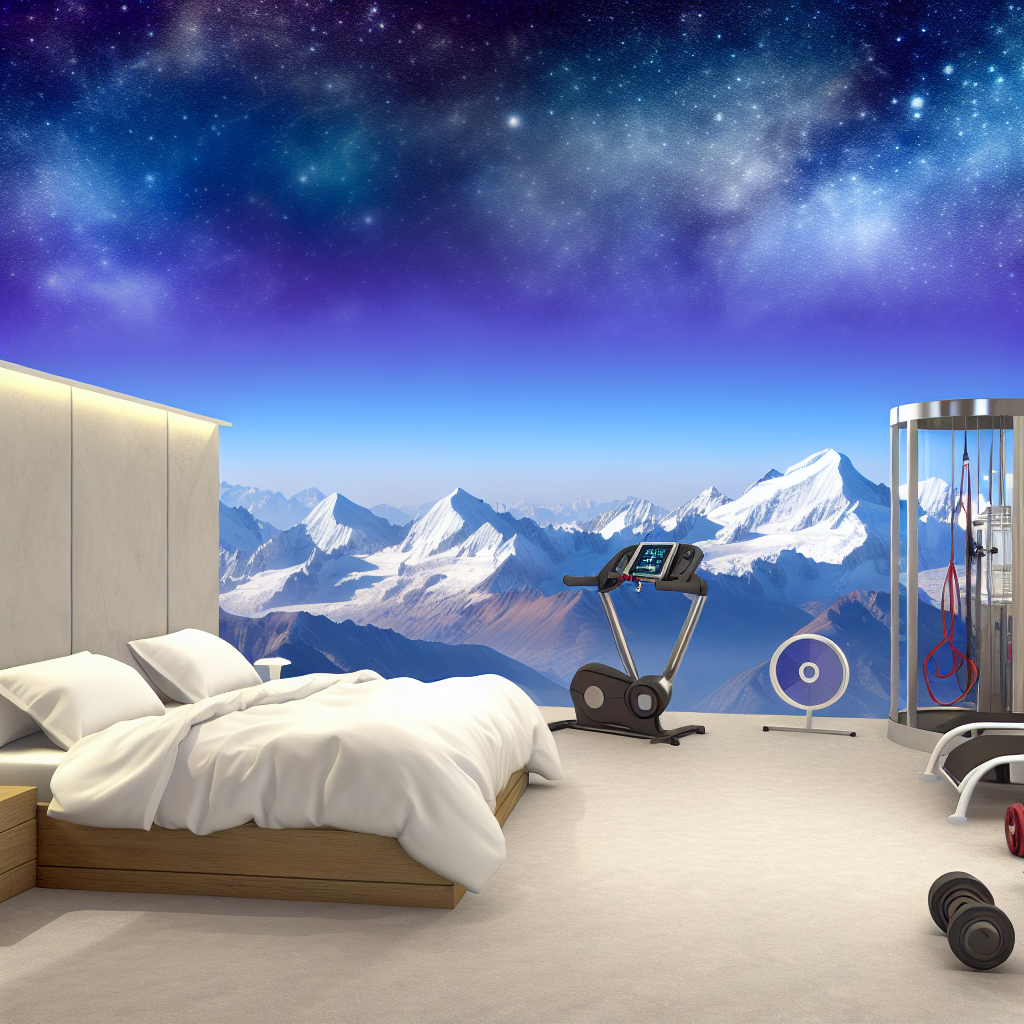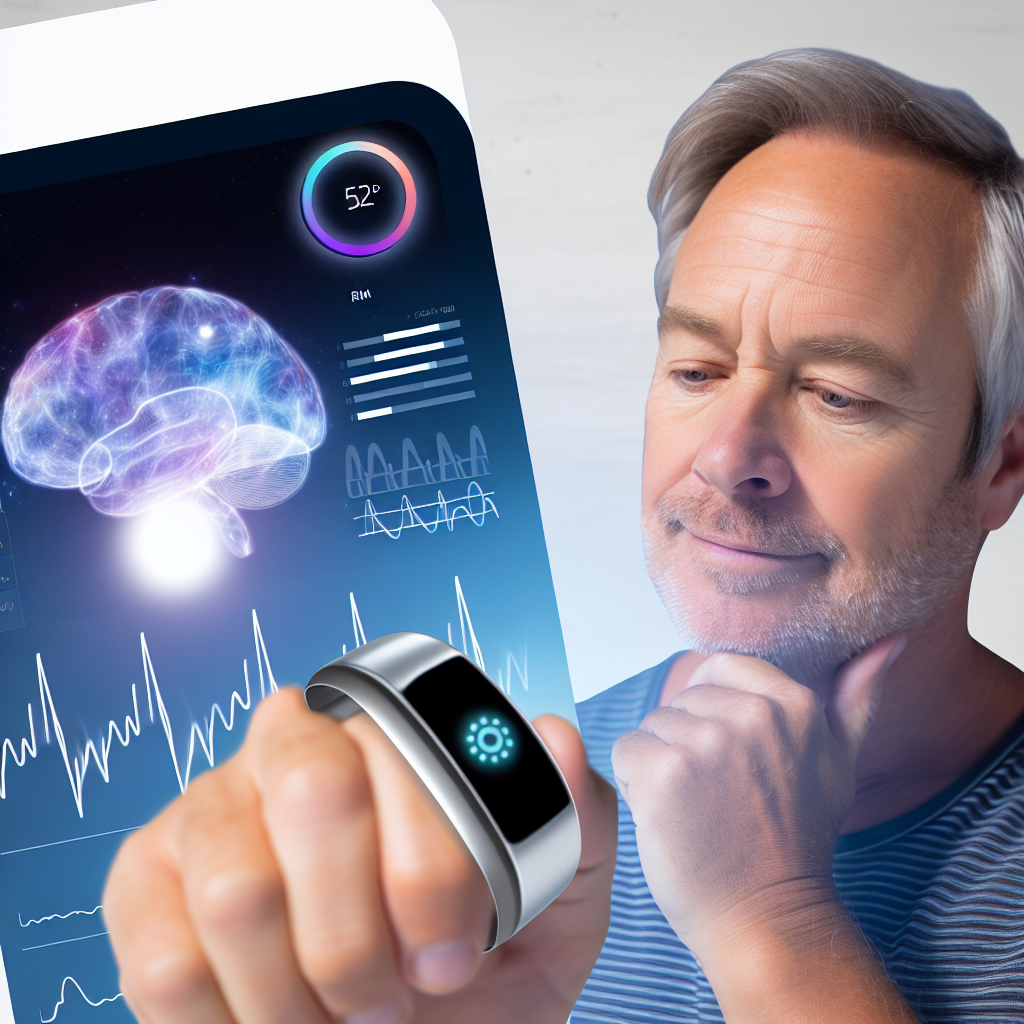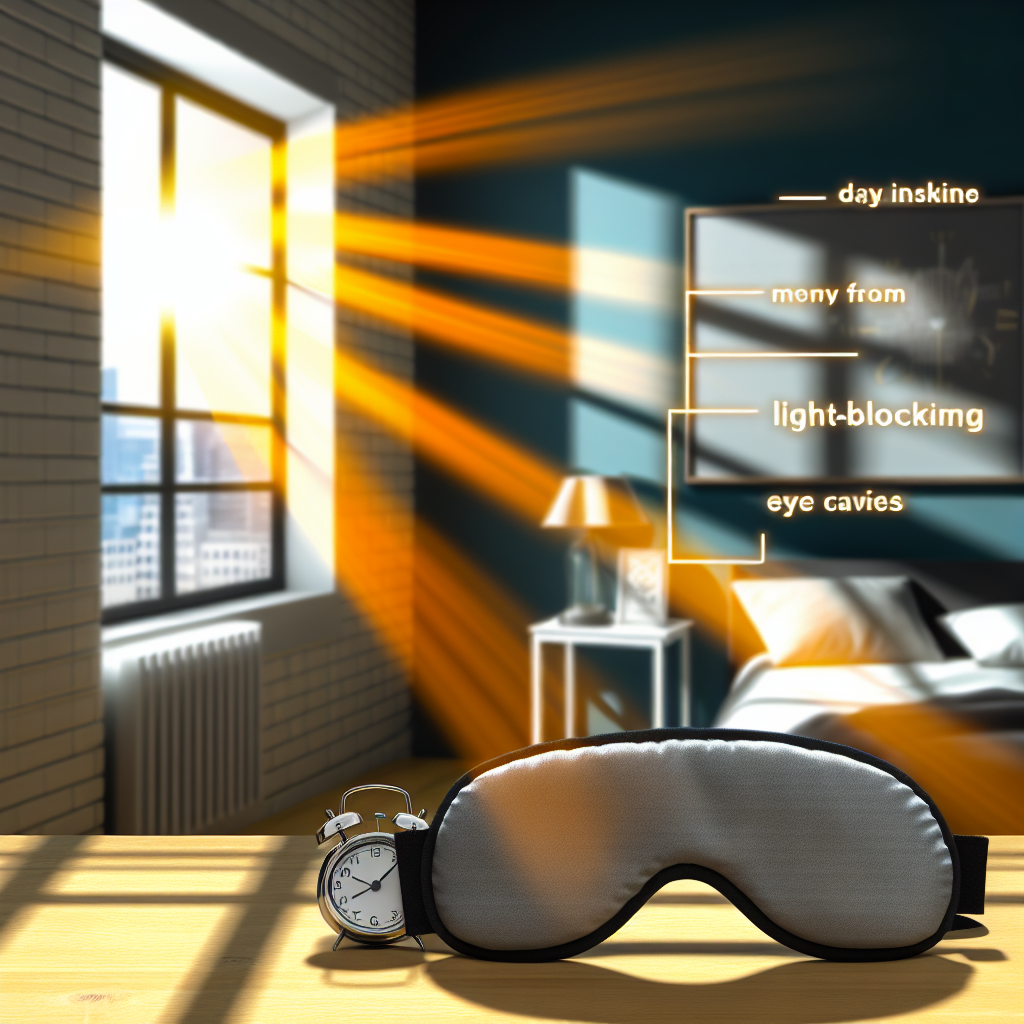Hypoventilation Syndrome: CO₂ Monitoring Wearables for Sleep Safety
Unlocking the Mystery of Hypoventilation During Sleep
Sleep is one of the most fundamental aspects of human health, affecting everything from cognitive function and immune response to mood and metabolic health. When we sleep, our bodies undergo numerous physiological changes to maintain balance and support cellular repair. However, sleep can also be a critical period for certain undiagnosed or underestimated respiratory conditions to surface. One such condition is Hypoventilation Syndrome, a potentially serious disorder characterized by inadequate breathing or ventilation during sleep, leading to elevated carbon dioxide (CO₂) levels in the bloodstream.
Hypoventilation Syndrome includes a group of disorders where an individual’s respiration is insufficient to meet the body’s needs, particularly during sleep. This leads to an accumulation of carbon dioxide—a condition known as hypercapnia. Normally, as we sleep, ventilation is slightly reduced, but in people with hypoventilation, the reduction is significant, placing them at risk for complications such as fatigue, headaches, cardiovascular strain, and even life-threatening events.
There are different types of hypoventilation syndromes. Obesity Hypoventilation Syndrome (OHS), for example, is most commonly found in overweight individuals and is frequently seen alongside sleep apnea. Central Alveolar Hypoventilation, including congenital and acquired forms, arises from dysfunction within the central respiratory centers of the brain. In all types, nocturnal hypoventilation is often the first sign, and since it happens during sleep, it is frequently overlooked.
Traditional methods of diagnosis often involve overnight polysomnography combined with arterial blood gas analyses or transcutaneous CO₂ monitoring in a clinical setting. These are valuable tests but are far from convenient or continuous. With the technological boom in digital health and sleep tracking, a new wave of innovation is transforming how we monitor susceptible individuals—CO₂ monitoring wearables.
Wearable technology is now sophisticated enough to track physiological signals, including blood oxygen levels, pulse rate, and even CO₂ levels, in real-time. These devices offer promise for early detection, continuous monitoring, and ultimately preventing life-threatening detriment due to nights of unnoticed hypoventilation. As awareness of sleep health increases across all age groups, CO₂-monitoring wearables are emerging as an essential tool for safety, particularly for patients with underlying respiratory disorders.
Game-Changing Features & Medical Insights from Recent Research
Recent advancements in wearable health technology are paving the way for real-time, long-term monitoring of people suffering from respiratory disorders, including Hypoventilation Syndrome. Several academic and clinical studies reinforce the application of these innovations in real-world settings.
In a 2023 study published in the journal Sleep Medicine Reviews, researchers explored the use of transcutaneous CO₂ monitoring in wearable devices to manage chronic sleep-related hypoventilation. The study concluded that continuous, non-invasive CO₂ tracking could help identify early signs of nocturnal hypoventilation, especially in patients with Obesity Hypoventilation Syndrome and neuromuscular disorders. Wearable monitors not only capture CO₂ levels but integrate with software to analyze sleep stages, oxygen saturation, and breathing patterns, giving medical professionals a comprehensive patient view without intrusive procedures.
Another 2022 clinical study by the American Thoracic Society highlighted the effectiveness of home-based monitoring tools for treating patients with Central Hypoventilation. The use of digital monitoring solutions reduced the number of hospitalization events by allowing early intervention at the onset of dangerous CO₂ elevations. The results revealed that the continuous, real-time data allowed for more personalized therapy adjustments, improving both patient outcomes and compliance.
Wearables with CO₂-monitoring capabilities, such as those integrating transcutaneous sensing (tcCO₂) or end-tidal carbon dioxide (ETCO₂) tracking, are gaining FDA approval for at-risk populations. These devices typically involve small sensors worn either on a finger, wrist, or clipped onto clothing. They detect the partial pressure of carbon dioxide through the skin or from exhaled breath—parameters that indicate when breathing becomes inefficient.
Even in pediatric care, research is expanding. A 2021 study from the European Respiratory Journal revealed promising results in managing Congenital Central Hypoventilation Syndrome (CCHS) in children through wearable respiratory monitors. With kids unable to express symptoms clearly, such technology allowed parents and physicians to monitor vital respiratory indicators continuously, triggering alerts when intervention was needed.
Beyond clinical trials, wearable innovations are becoming increasingly available to consumers. Devices from companies like Masimo, ResMed, and Philips incorporate CO₂ monitoring along with oximetry and respiration rate analyses. These tools assist both caregivers and individuals in leveraging data to prevent a crisis and maintain safer sleeping environments.
Sleep Technology That Saves Lives: Why Wearables Matter
The landscape of sleep health is evolving rapidly, and so too must our tools for managing hidden sleep threats like Hypoventilation Syndrome. CO₂ monitoring wearables present a promising leap toward a new era of preventative care, especially vital for those unable to recognize the signs of nocturnal respiratory decline themselves. Whether it’s a child struggling with a lifelong condition like CCHS or an adult with undiagnosed OHS, wearable technology empowers patients, caregivers, and healthcare providers through real-time data and better decision-making.
By providing reliable, continuous respiratory monitoring during sleep, these devices go beyond fitness trackers; they are transformative medical tools ensuring safer nights, reduced hospital visits, and ultimately, improved quality of life. With greater awareness and accessibility, CO₂ monitoring wearables could become as essential to respiratory care as glucometers are to diabetes—offering peace of mind and life-saving insight to those who need it most.
Concise Summary:
Hypoventilation Syndrome is a serious condition characterized by inadequate breathing during sleep, leading to elevated carbon dioxide levels. Recent advancements in wearable technology, including CO₂ monitoring devices, are revolutionizing the diagnosis, management, and prevention of this underestimated respiratory disorder. These innovative wearables provide continuous, real-time data to help identify early signs, trigger timely interventions, and ultimately improve patient outcomes and quality of life.

Dominic E. is a passionate filmmaker navigating the exciting intersection of art and science. By day, he delves into the complexities of the human body as a full-time medical writer, meticulously translating intricate medical concepts into accessible and engaging narratives. By night, he explores the boundless realm of cinematic storytelling, crafting narratives that evoke emotion and challenge perspectives.
Film Student and Full-time Medical Writer for ContentVendor.com




